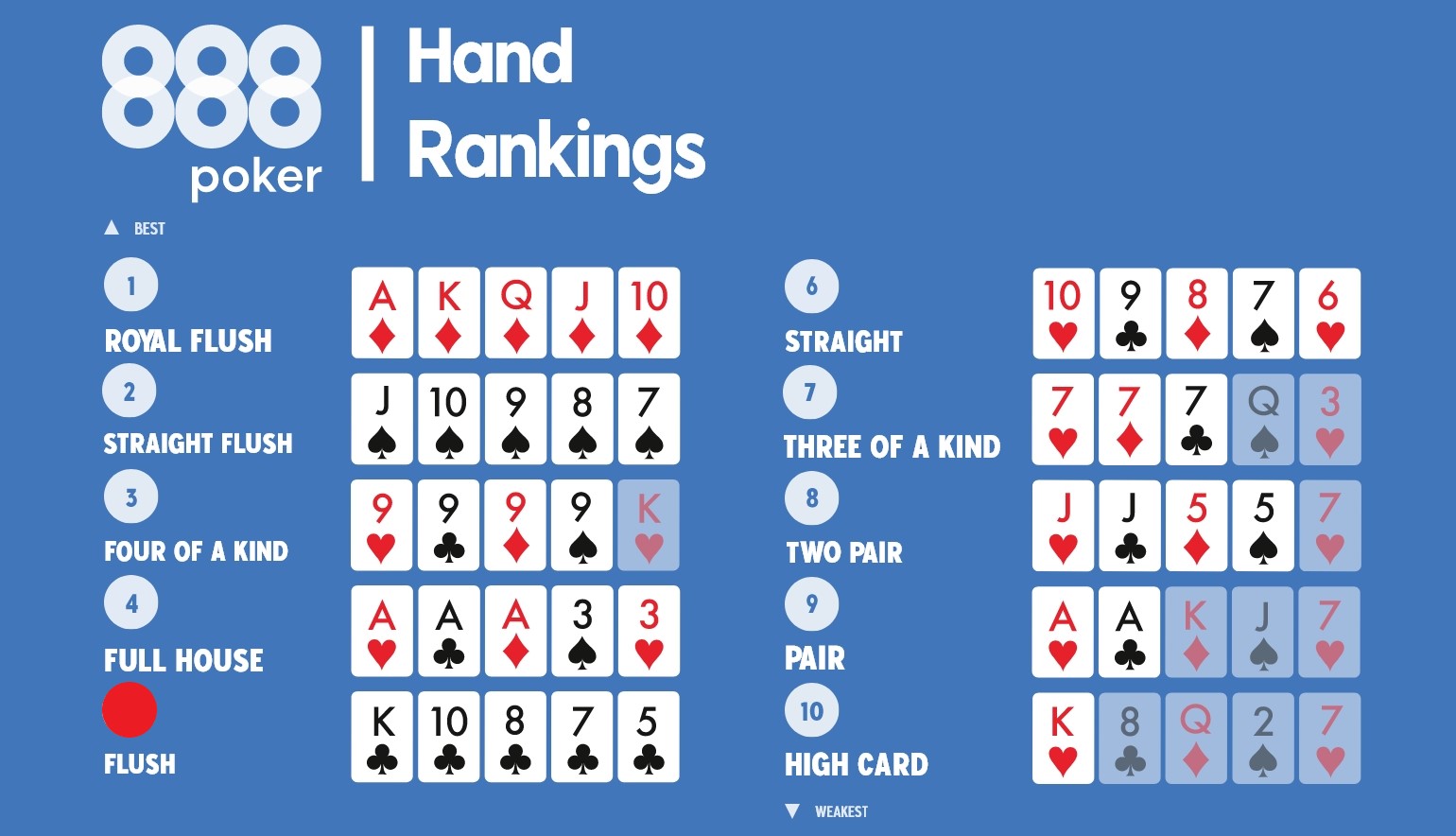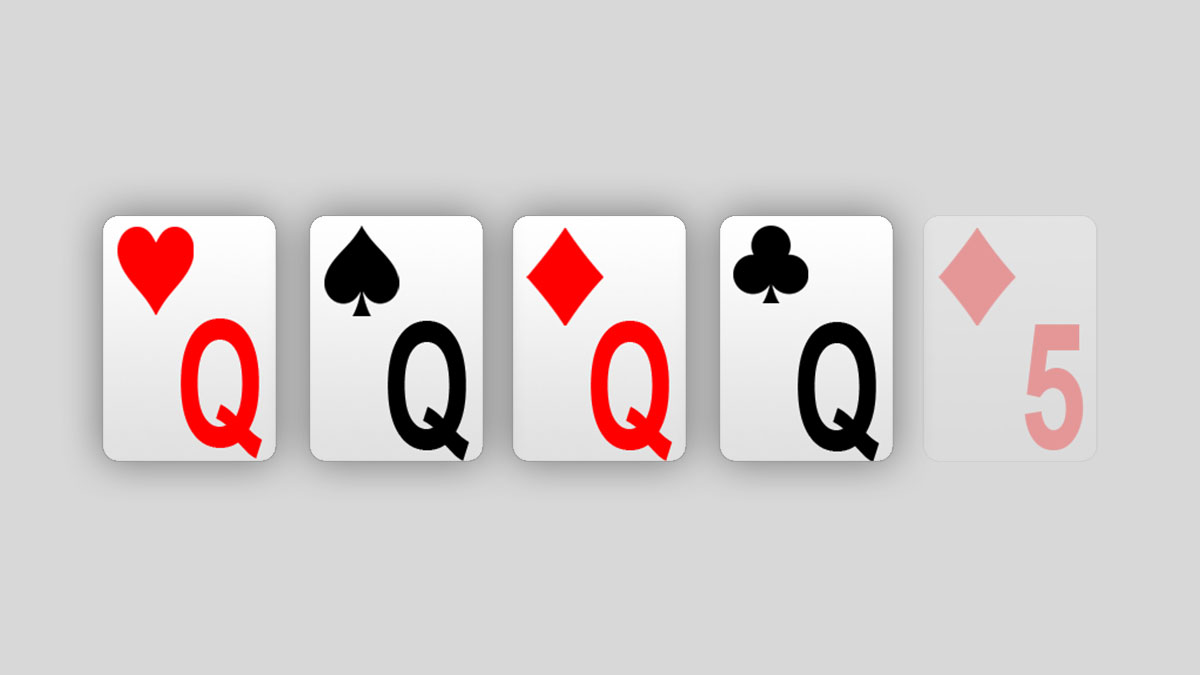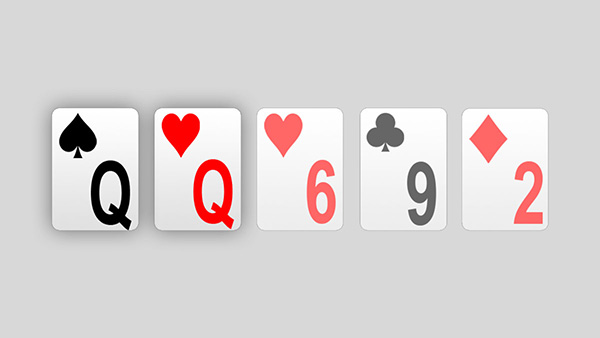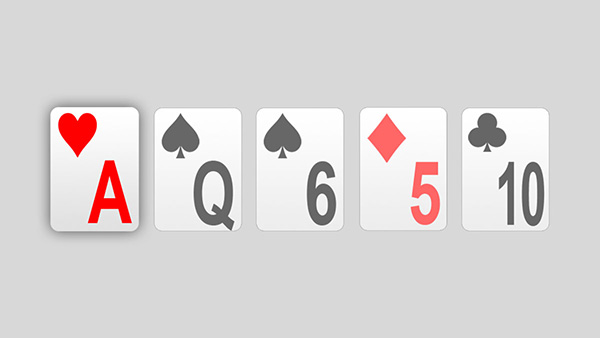To form a Flush, you need 5 cards that share the same suit. In poker hand rankings, it holds the fourth position, just below a Full House. For instance, an example of an ace-high flush would be A♥J♥7♥5♥2♥, all in hearts.
While the term 'flush' might not initially suggest a grouping of five cards of the same suit, it's a relatively straightforward hand to identify. A flush is considered a fairly strong hand in poker,Texas Hold’emwith the top flush being the ace-high flush, where all five cards are in the same suit.
The strongest possible flush is the ace-high flush:
A♠J♠10♠3♠2♠
Regarding flushes, the specific suits are not significant. However, all ace-high flushes do not carry the same rank. The determining factor in ranking ace-high flushes is the value of the cards in the hand.
*It's important to note that a straight up to the Ace in any suit qualifies as a Royal Flush, and they hold equal standing in the hand ranking system.
How Does a Flush Hand Rank?
In a standard 52-card deck, there are a total of 5,108 combinations that can create a flush hand, and there are 1,277 unique ranks among them. The flushes are rated based on their highest card and then the second highest, in that order.
Here are some different examples of flushes:
A♠J♠10♠3♠2♠
K♥10♥7♥5♥2♥
A♣K♣Q♣8♣2♣
Q♦J♦10♦9♦3♦
Can you identify which Flush is the highest ranked?
Remember that the ranking of a Flush is based on the highest card among the straight, not on the suit. In the scenario where multiple players have a flush, the player with the highest straight card wins. For example, a King-high Flush – regardless of suit – will win against a Queen-high Flush – in any suit, and so on.
Additionally, a K-J-10-5-3 flush will triumph over a K-J-9-8-3 flush due to the fact that the 10 ranks higher than the 9 in the latter hand. This difference in card value is what affects the flush ranking.
How Does a Flush Hand Match Up?
A Flush stands as the fourth best possible hand in the hierarchy of poker hands. A Full House ranks directly above it. Although 4thWhile it occupies a high position on the list, it remains a strong hand in Hold’em and is commonly not outmatched by opponents during the river phase.
However, there are plenty of hands that rank lower. The next hand that follows is referred to as a Straight .
The strongest Straight is the ace-high variation, which is often called 'Broadway'.
Flush Poker Probabilities
Next, we will examine the probabilities for making a Flush during the pre-flop, flop, turn, and river in both Hold’em and Pot Limit Omaha contexts.










